The Art of Full Meltdown: Fukushima Daiichi The Daily Kos. Check out the art and photos created in Fukushima's wake. Serious, life-or-death, mortal combat with supervillainous entities.. A war fought by very few, for very many. The most most people can do is hope. And make some mythos in the process..
Sealed off and screened for radiation: Tsunami survivors make emotional visit to ghost-town homes engulfed by Japan's nuclear meltdown From The Daily Mail.
TEPCO Releases Gamma Camera Photos of Reactor 1
A is For Atom Foretold Fukushima Core Melt From Asian Week. Excerpts:\
Scientists say that something the size of a submarine could actually reliably hold in the worst possible disaster, but once scaled up to the size of Fukushima, if they could not be kept full of water, the fuel would melt, and eat through the container resulting in the original “China Syndrome”. Of course people neglect that the real bad thing that happens when it melts down is that it produces all sorts of nasty fission products that contaminate rainwater, fish, seaweek, milk and vegetables all over the local region and detectable all over the freaking planet. Nobody had seen buildings reduced to skeletons of rubble by mere hydrogen explosions, or figured on the possibility of prompt critical explosion which seem a better explanation of the unit 3 wreckage.
Agony for Japan livestock farmers in N-crisis From Zee News. Excerpts:
Fukushima City (Japan): As more people are forced to leave their homes around the stricken Fukushima nuclear plant, anger is growing in a farming community forced to make the agonising decision whether to slaughter livestock or face ruin.
The desperate lowing of starving cattle echoes out across the valleys surrounding Katsurao -- the only noise breaking an unearthly silence which envelopes the hamlet.
No one is seen during daylight except a few farmers making the difficult and dangerous journey back to their land to feed cows, pigs and chickens.
..
More than 10,000 cows -- prized for their marbled beef and rich milk -- have already been left behind in the scramble to escape Fukushima prefecture, many of them locked in sheds where they starved to death, farmers have said.
As the no-go zone spreads, ever more farmers are being forced to make agonising decisions over whether to move their livestock to safe areas and incur huge costs, slaughter their animals or -- perhaps the most unacceptable option -- leave them to their fate.
..
"That cow, over there, will die in a few days as it cannot come and eat with the others," said Shinji Sakuma, pointing to one of his 70 milk cows that was too weak to stand by itself.
"I am frustrated," said the overwrought 55-year-old at the Sakuma
"Our cows have done nothing wrong, haven't they?" he said, wiping away tears of anger and frustration..
Sealed off and screened for radiation: Tsunami survivors make emotional visit to ghost-town homes engulfed by Japan's nuclear meltdown From The Daily Mail.
Seismic Damage Information (the 146th Release)
TEPCO Releases Gamma Camera Photos of Reactor 1
A is For Atom Foretold Fukushima Core Melt From Asian Week. Excerpts:\
Scientists say that something the size of a submarine could actually reliably hold in the worst possible disaster, but once scaled up to the size of Fukushima, if they could not be kept full of water, the fuel would melt, and eat through the container resulting in the original “China Syndrome”. Of course people neglect that the real bad thing that happens when it melts down is that it produces all sorts of nasty fission products that contaminate rainwater, fish, seaweek, milk and vegetables all over the local region and detectable all over the freaking planet. Nobody had seen buildings reduced to skeletons of rubble by mere hydrogen explosions, or figured on the possibility of prompt critical explosion which seem a better explanation of the unit 3 wreckage.
Agony for Japan livestock farmers in N-crisis From Zee News. Excerpts:
Fukushima City (Japan): As more people are forced to leave their homes around the stricken Fukushima nuclear plant, anger is growing in a farming community forced to make the agonising decision whether to slaughter livestock or face ruin.
The desperate lowing of starving cattle echoes out across the valleys surrounding Katsurao -- the only noise breaking an unearthly silence which envelopes the hamlet.
No one is seen during daylight except a few farmers making the difficult and dangerous journey back to their land to feed cows, pigs and chickens.
..
More than 10,000 cows -- prized for their marbled beef and rich milk -- have already been left behind in the scramble to escape Fukushima prefecture, many of them locked in sheds where they starved to death, farmers have said.
As the no-go zone spreads, ever more farmers are being forced to make agonising decisions over whether to move their livestock to safe areas and incur huge costs, slaughter their animals or -- perhaps the most unacceptable option -- leave them to their fate.
..
"That cow, over there, will die in a few days as it cannot come and eat with the others," said Shinji Sakuma, pointing to one of his 70 milk cows that was too weak to stand by itself.
"I am frustrated," said the overwrought 55-year-old at the Sakuma
"Our cows have done nothing wrong, haven't they?" he said, wiping away tears of anger and frustration..







































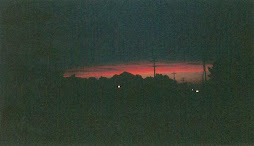





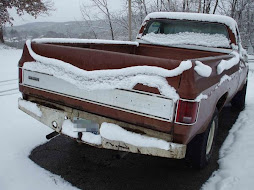

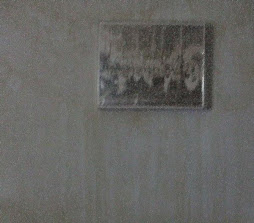



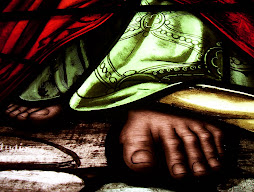

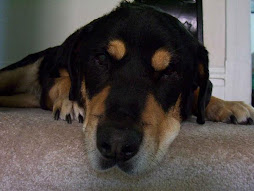
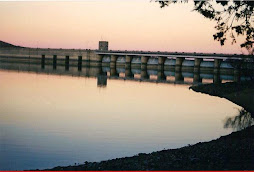




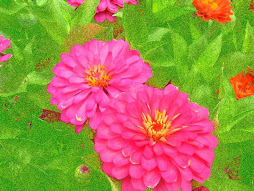

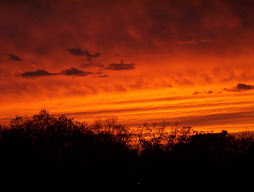
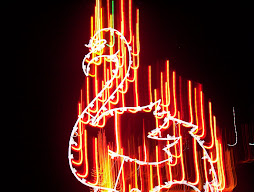




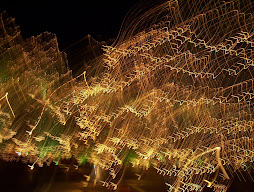

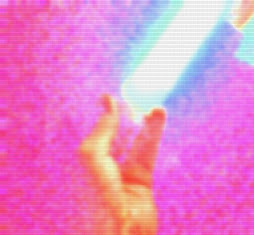
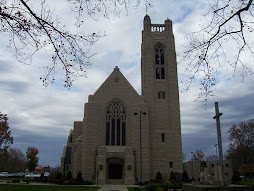
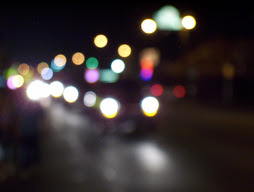
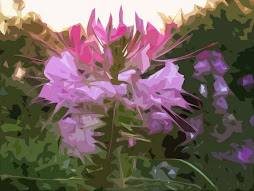
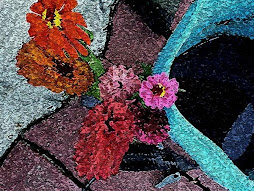
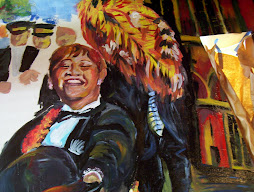

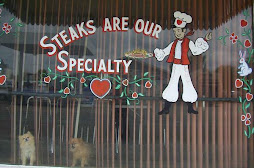


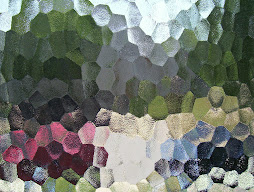
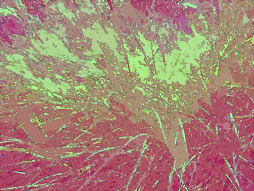
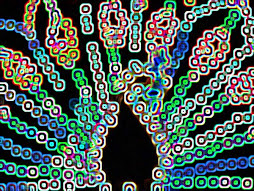






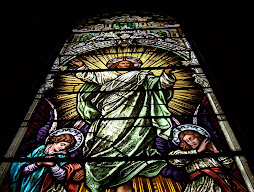


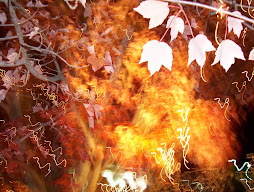
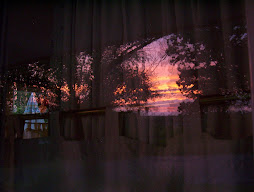
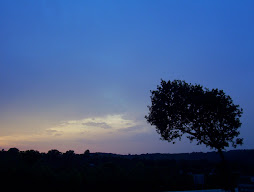
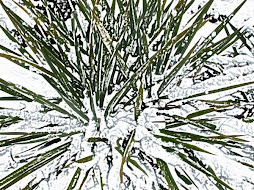






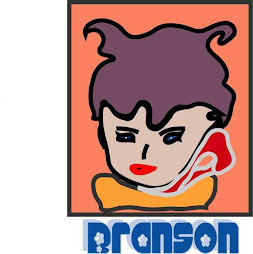
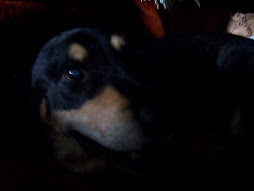


No comments:
Post a Comment